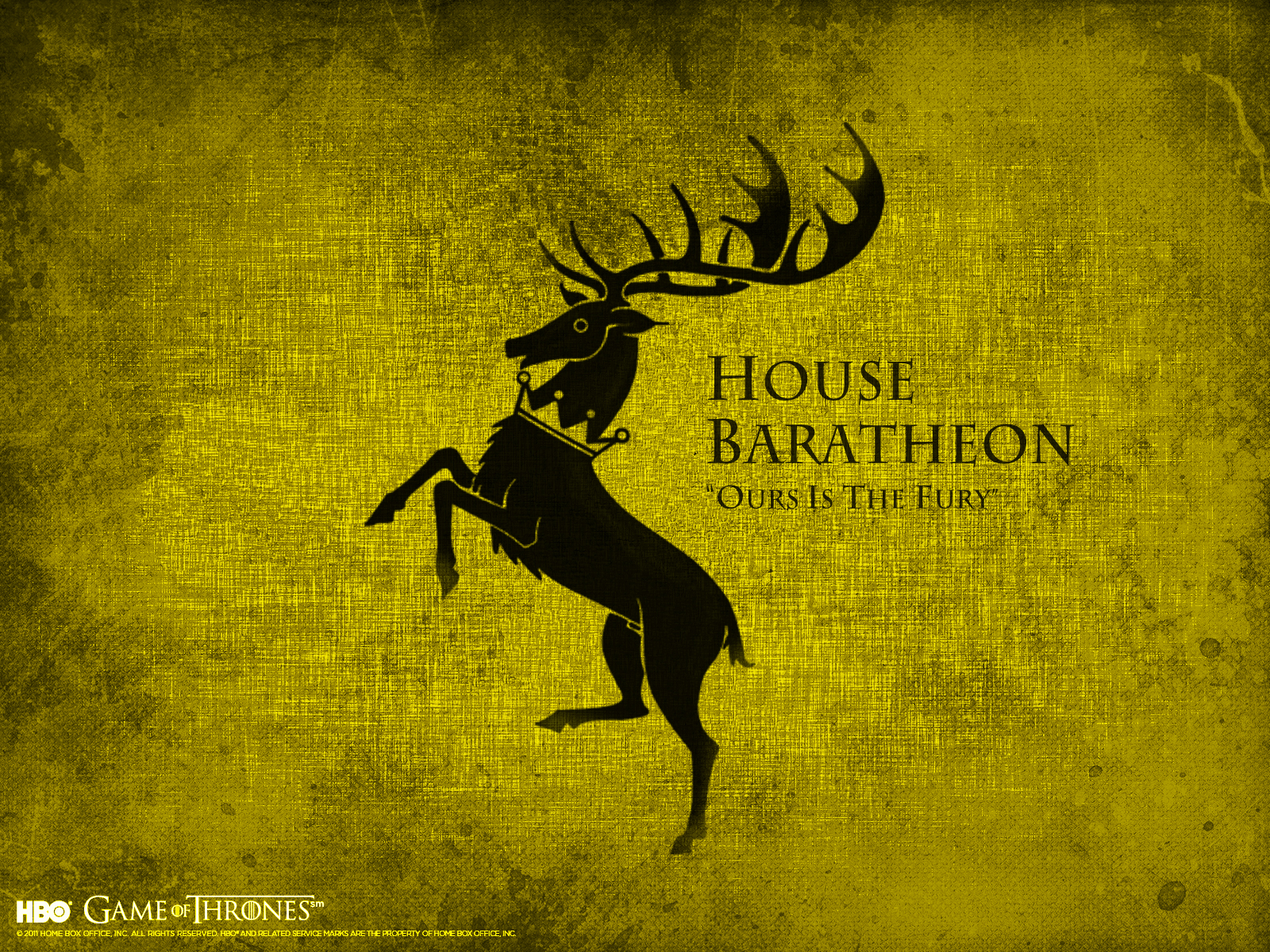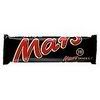SuicidalMarsbar wrote:
Obviously upgrade two of those captains into Forlong and Angbor!!
Well, it seems I've got no other choice than to take those two in order to be effective, so I'll probably get them in the list.
Coenus Scaldingus wrote:
How do Knights of Dol Amroth not fit in an army with Captains and Men-at-Arms of Dol Amroth? (Or indeed: could you clarify what the theme is you are going for?)
Instead of a lone hero as leader and two separate banners, I'd definitely swap a Captain for Imrahil - he makes the entire army be within range of a banner, and is better in every other aspect as well.
Other than that, some archers, cavalry or anything else to actually give some flexibility would not go amiss - how do you actually plan to use this army, seeing how the 1:2 ratio of front rank and supporting pikemen seems to imply they are to be used in a full pike block, which means the first line will be trapped?
I am going for a Song of Fire and Ice army, which means, as I'd need to convert a lot, I'd like to field as few named heroes as possible .Most of our local players'll only allow the use of mass converting on unnamed models, so a different shield and helmet, maybe together with some sculpting, wouldn't be a big problem, whereas using a homemade version of Greatjon Umber as for example Forlong (both big and fat) wouldn't be allowed. About the KoDA, I don't really like the idea of having shield men in my pike formations, but if it's necessary, I'll add them, it's just I'd prefer not to. Some flexibility'd indeed be nice, but as my grey company only killed 5 models by firing their bows last tourney, I'm quite done with rangers for the moment, so it'd probably become cavalry. As for your last question, my experience with Uruk Hai phalanxes in the past tells me that, no matter how hard you try, a block won't stay a block when the table's full of terrain, and when you wanna be effective. The big block splits up in small blocks, who in turn, when having the numbers and when the enemy is spread out, will split into smaller groups.
 Top
Top Top
Top Top
Top Top
Top Top
Top Top
Top Top
Top Top
Top Top
Top







